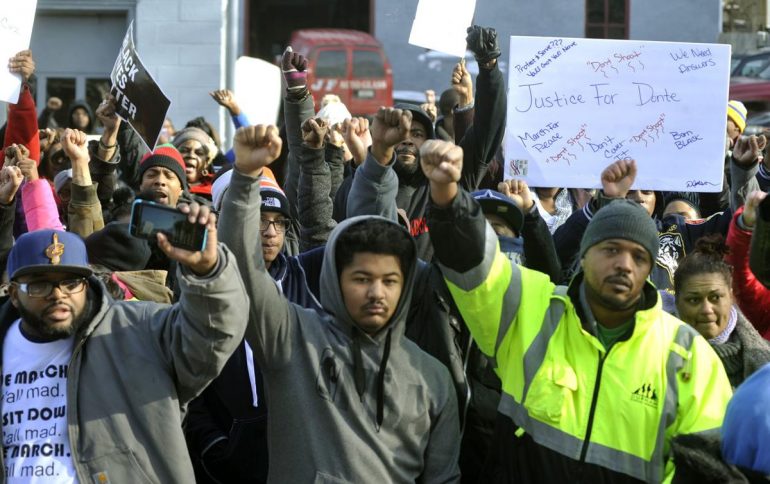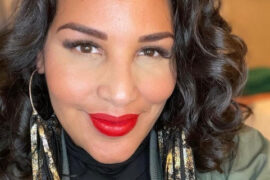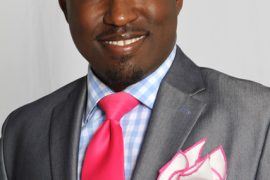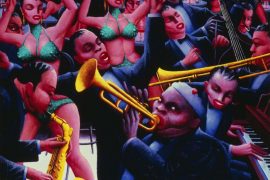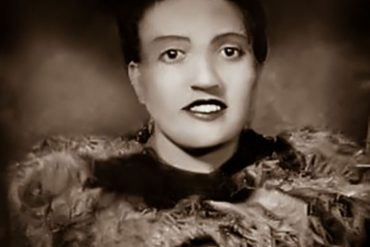Marching in protest is important. Dr. Martin Luther King Jr. made marching matter. Marching changes things.
First of all, it demonstrates caring. People care when they march. In the tradition of the Civil Rights Movement, protest marches are usually organized by ministers who are disgusted about something. I like marches that are for something.
Protest marches in this country have brought about social change. Dr. King marching in his 13-year civil rights career brought more change than President Barack Obama’s White House. King gave us an ultimate weapon to affect social change. Marching.
Marches are designed to attract attention and to focus on an issue. Government is structured to go through processes. Marches force political hands because they are disruptive instruments. They shut it down, they stop the money flow, they challenge the comfort. Rosa Parks sat on the bus alone, but the community bankrupted the bus company.
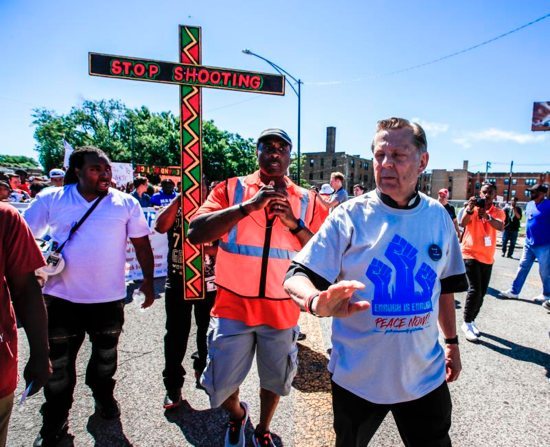
Two Marches
There have been two major protest marches in Chicago this year. Father Michael Pfleger’s march shut down the Dan Ryan for a brief period on a Saturday morning with about 5,000 marchers. Stated clearly in that march with a real and firm contingency of local ministers was that there would be one voice – that of Father Pfleger, who would set the terms.
Pfleger insisted that the youth lead the march and those parents who had children killed by urban gun violence would be included. The march was inclusive and indeed the Dan Ryan was shut down, even as the State of Illinois law enforcers initially resisted and blocked marchers with a bank of State of Illinois vehicles. Chicago Police Supt. Eddie Johnson was the hero as he negotiated for the marchers to go across the Dan Ryan in both directions and he joined the march.
Father Pfleger’s march was breaking news and drew national media attention. The march was successful as it called attention to the issue of violence on the South and West sides of Chicago.
The affected people of the city, suffering from the pains of inequality, now march to sound a clarion call for seismic change in how the City of Chicago treats all of its citizens.
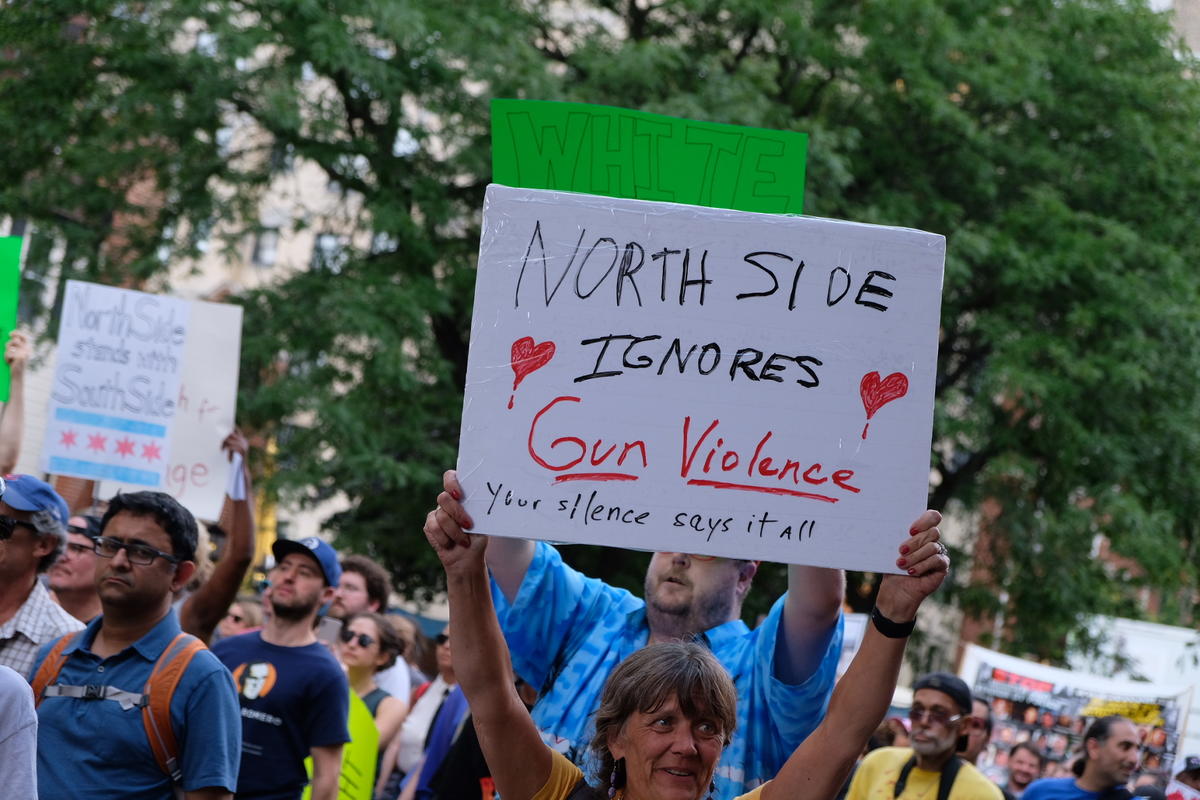
The second protest march was conducted by Reverend Gregory Livingston and activist Tio Hardiman last week. Their march took a different turn than Pfleger’s and was successful for different reasons. The Livingston/Hardiman march was during the afternoon rush hour on Lake Shore Drive and lasted for 45 minutes as the Drive was closed down in both directions.
From Lake Shore Drive, marchers went to Wrigley Field for the start of a Cubs game. The march was disciplined and had about 150 participants. The news reported that there were more police patrol on hand, about 300, than marchers.
The point of this march was to wave a red flag about violence and lack of economic development on the South and West sides. This march was about making people on the North Side uncomfortable and aware.
Livingston noted that Dr. King’s Chicago march wasn’t in Chatham, a Black neighborhood; it was in Marquette Park, a White neighborhood at the time. Livingston’s point was to afflict the comfortable and to share the story of Chicago being a tale of two cities.
Dr. King said that the Marquette Park march was his worse. That was where King was hit in the head with a brick, where whites climbed into trees to shout inflammatory remarks at Black marchers, where many of the protesters had their cars vandalized, and Andrew Young, an organizer of the march, had his car burned.
That was the march where the Blackstone Rangers met with King to say we are not having you hurt and King organized them into marchers as well as protectors. It was international news when King, the Nobel Peace Prize laureate, was hit in the head in Chicago in a white neighborhood. Mayor Daley took notice of his beloved Chicago’s ugly racism.
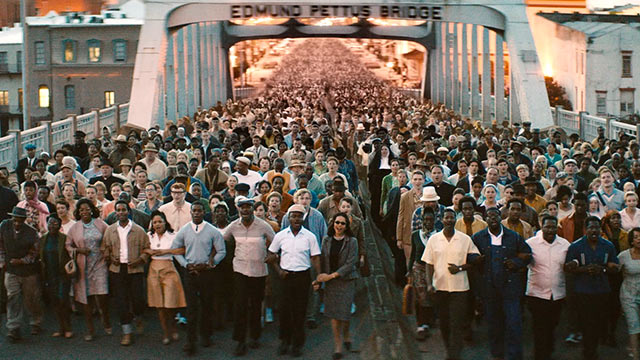
Lessons From Selma
Protest marching is interesting because it takes twists and turns and has lasting effects. King’s march on Selma is historic and changed the course of history in Southern states, where Blacks were denied the right to vote. It was a sea change campaign.
The Selma to Montgomery March was originally planed for 54 miles and was about the right to vote. Protested was the literacy test that was given to Blacks to prove that they were “qualified” to vote. Voting eligibility tests included reading out loud the Constitution of the United States, and answering questions like how many bubbles were in a bar of soap or jelly beans in a jar.
The first march attempt was on March 7, 1965, and became known as “Bloody Sunday” It was Easter. The first group of about 500 marchers was organized by Reverend James Bevel. They were met by state troopers who attacked them with billy clubs and tear gas and turned them away.
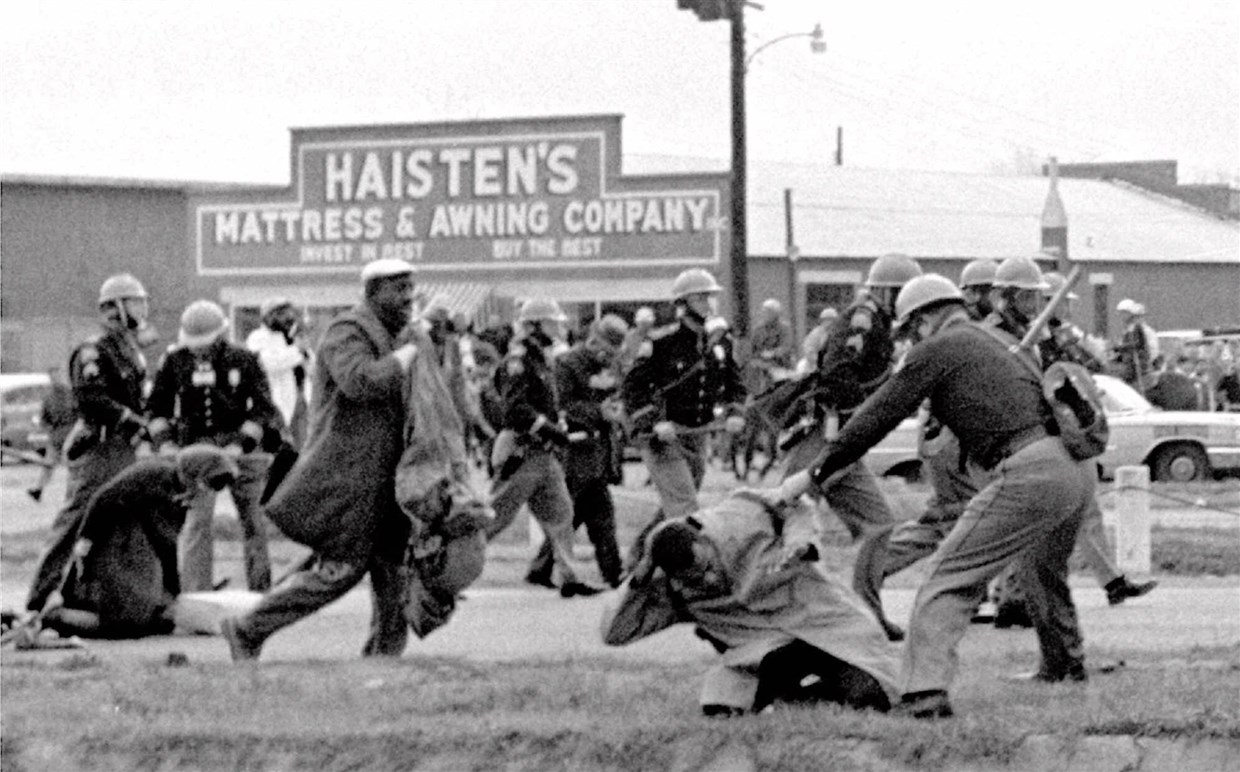
On the second march attempt on March 9, King again met with resistance and a threat of violence as then-Governor George Wallace stated clearly that he would not protect the marchers. As King was walking ahead to cross the Edmund Pettus Bridge, he sensed real danger. The marchers decided to turn around and King led the group back to their church base.
The third march on March 21 was the history maker. The news spread about the march and Dr. King appealed to all to join in. Priests, nuns, entertainers, and politicians from all over the country appeared and joined the march, 25,000 strong.
King also called President Lyndon Baines Johnson asking for protection since Gov. Wallace had elected not to provide any. All of this happened just for Black citizens to secure the right to vote.
President Johnson sent over 1,900 national guardsmen to Selma to cover the march route. The march ended at the Alabama State Capital on March 24 as the protesters took U.S. Route 80, known as “Jefferson Davis Highway.”
Eventually the right for Black people to vote was won. The local issue grew to a national one with international focus. King did not let up. He organized and organized and organized. He truly was a community organizer. The marchers won.
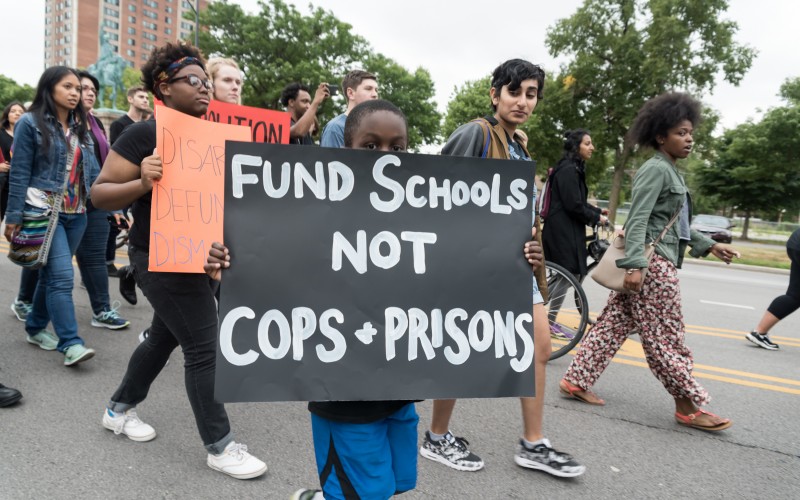
The Next March
Particularly after this devastatingly brutal weekend, it is time for the Chicago marchers to come together on the issues of violence in the city, economic parity, and crime in the street.
Now is the time for all good people to come together to march. It is time for the City of Chicago to become one city. It is time for a “new Chicago” with a coalition of politics.
This is election time. Elected officials are afraid of the marchers. They are afraid of outbreaks as the marchers march that would force police to put the marchers in jail, which doesn’t provide “good optics” for the city or politicians involved. Such an action could definitely cause an election to be lost or won.
I hope the protest marching continues and that we hit Chicago with full force about doing the right thing. We cannot continue with this unrest as the current mayor unveils multi-million dollar plans to expand the Chicago Riverwalk while there are no plans on the drawing board for economic development on the South and West sides.
For those who wonder why we march, here are a few reasons:
• The Metropolitan Planning Council reveals that while downtown business grew by 10 percent, the number of jobs held by Blacks increased by only two percent.
• Black businesses receive a mere eight percent of city contracts.
• There are significant educational disparities in Chicago Public Schools in curriculum offerings. And there are rats in the schools.
• This past weekend, with all of the bustling activity downtown, where mostly white tourists attended Lollapalooza on ticket packages that cost as much as $5,500, 75 people were shot and 12 killed, mostly in Black and brown Chicago neighborhoods during the same time period.
We cannot continue on this path, so the affected people of the city, suffering from the pains of inequality, now march to sound a clarion call for seismic change in how the City of Chicago treats all of its citizens.
March on.


